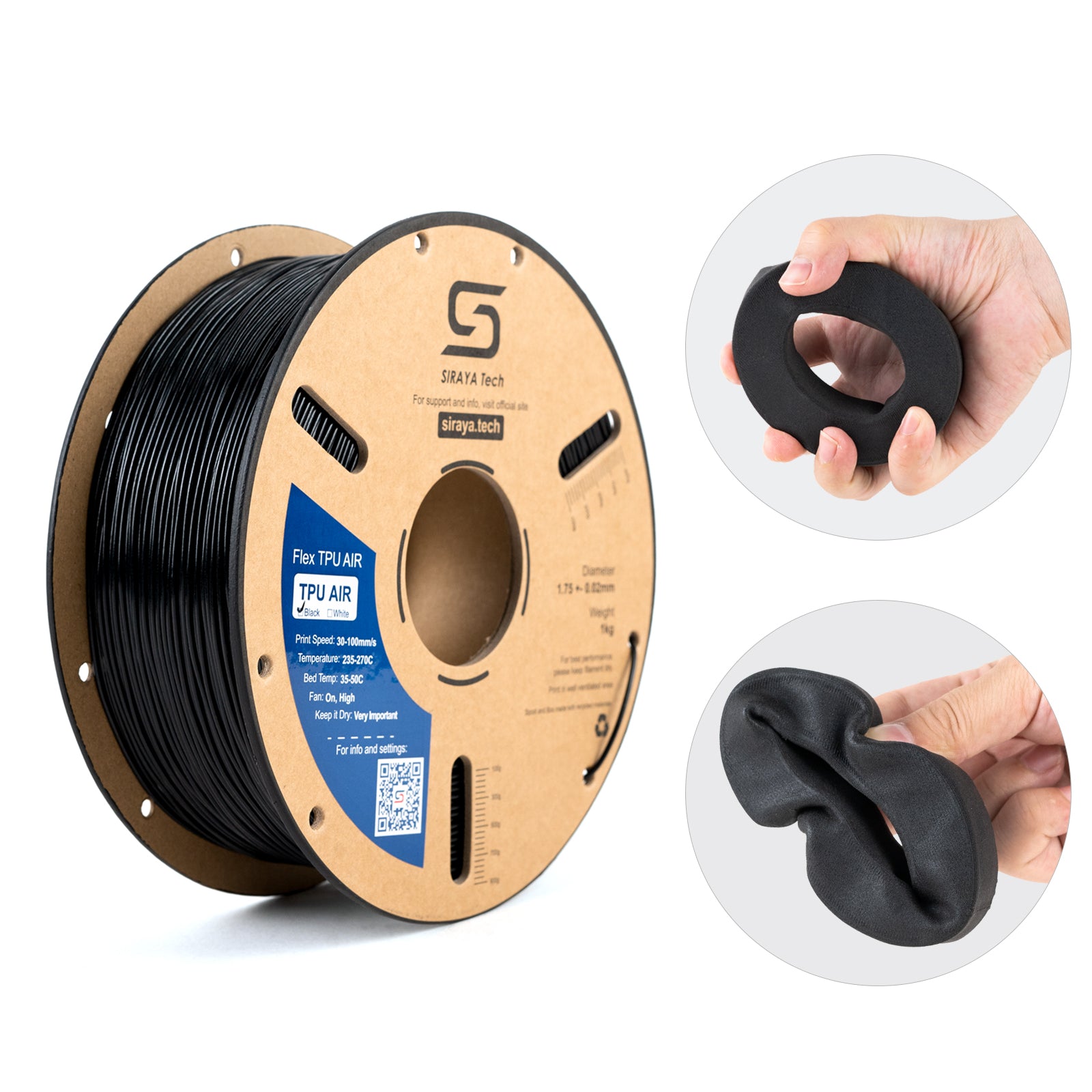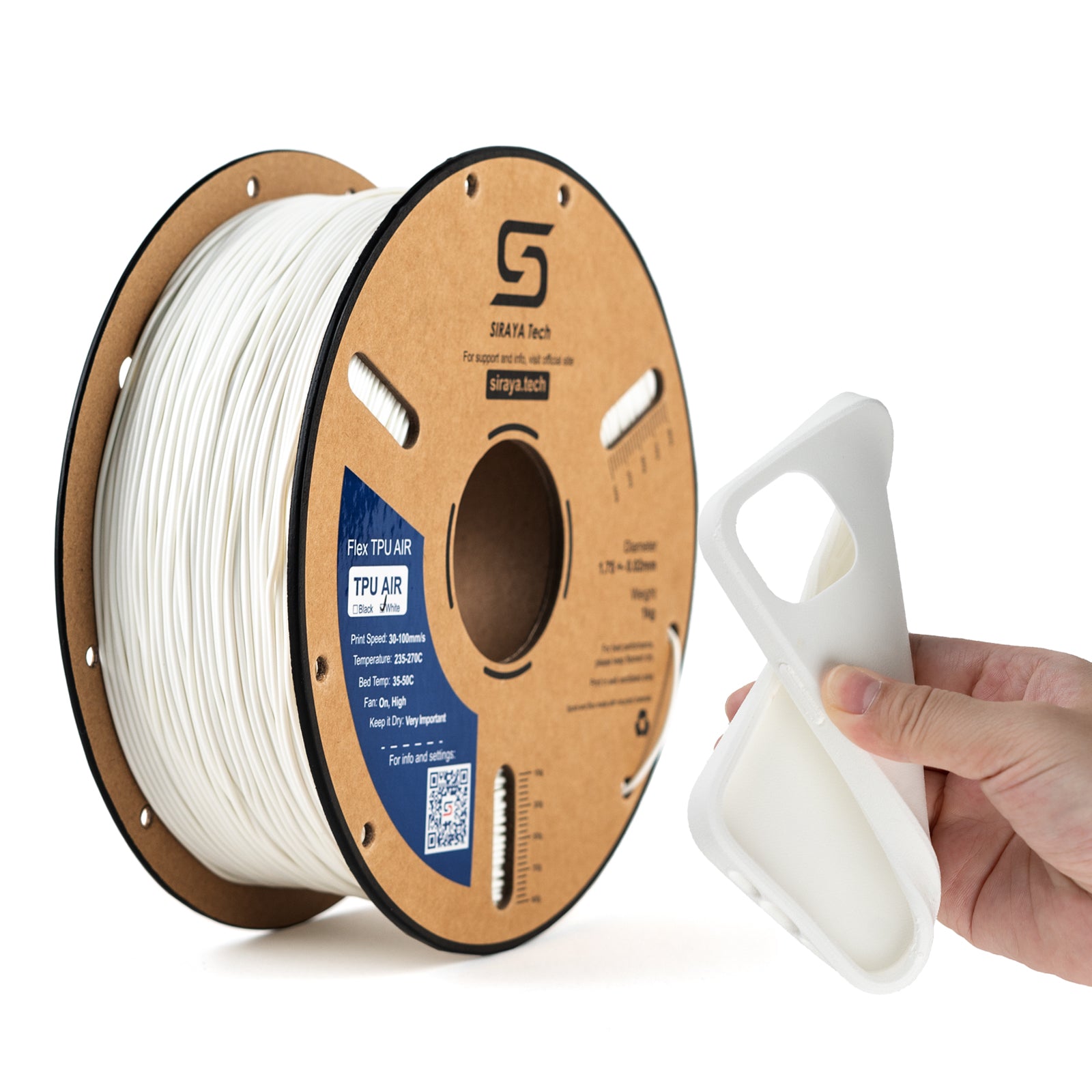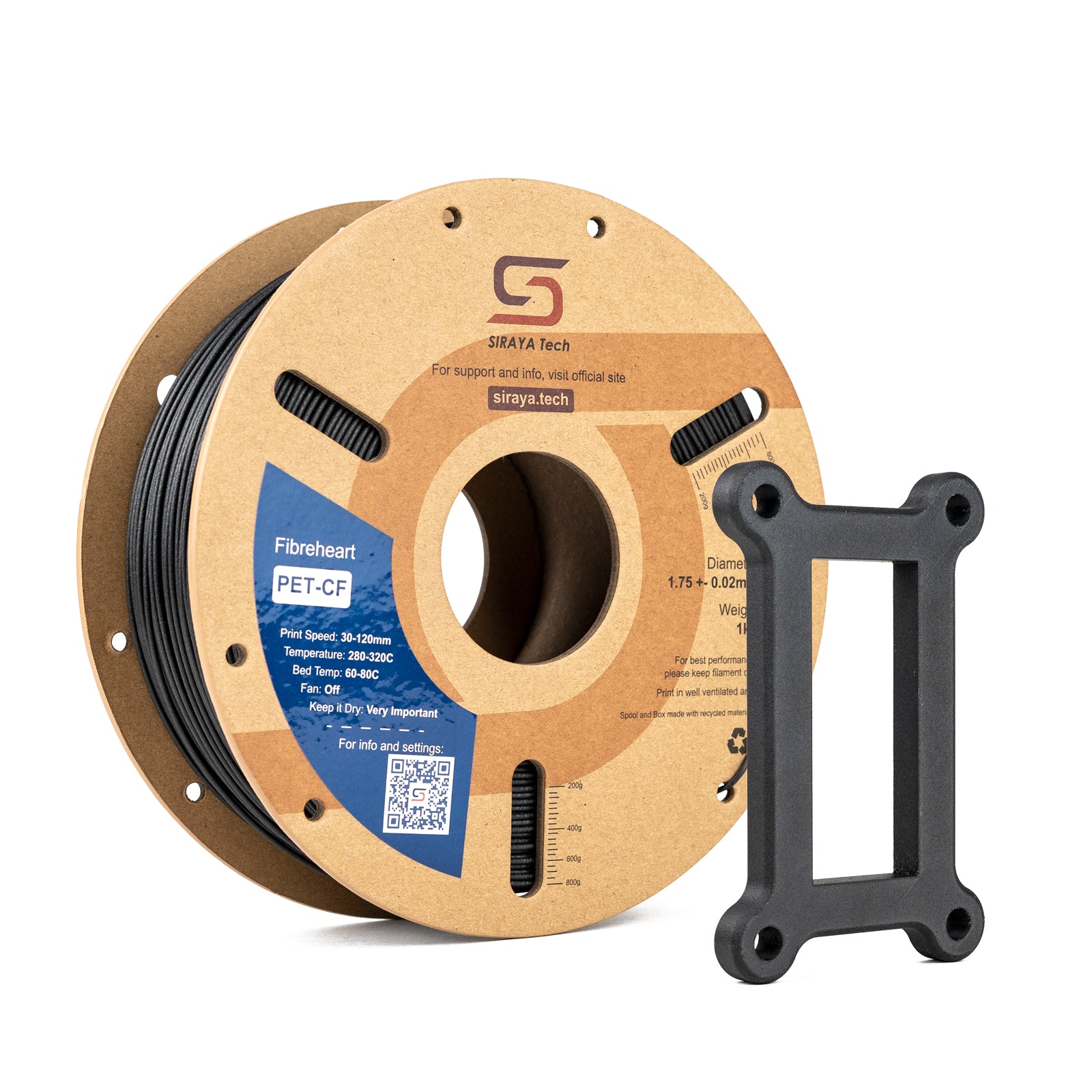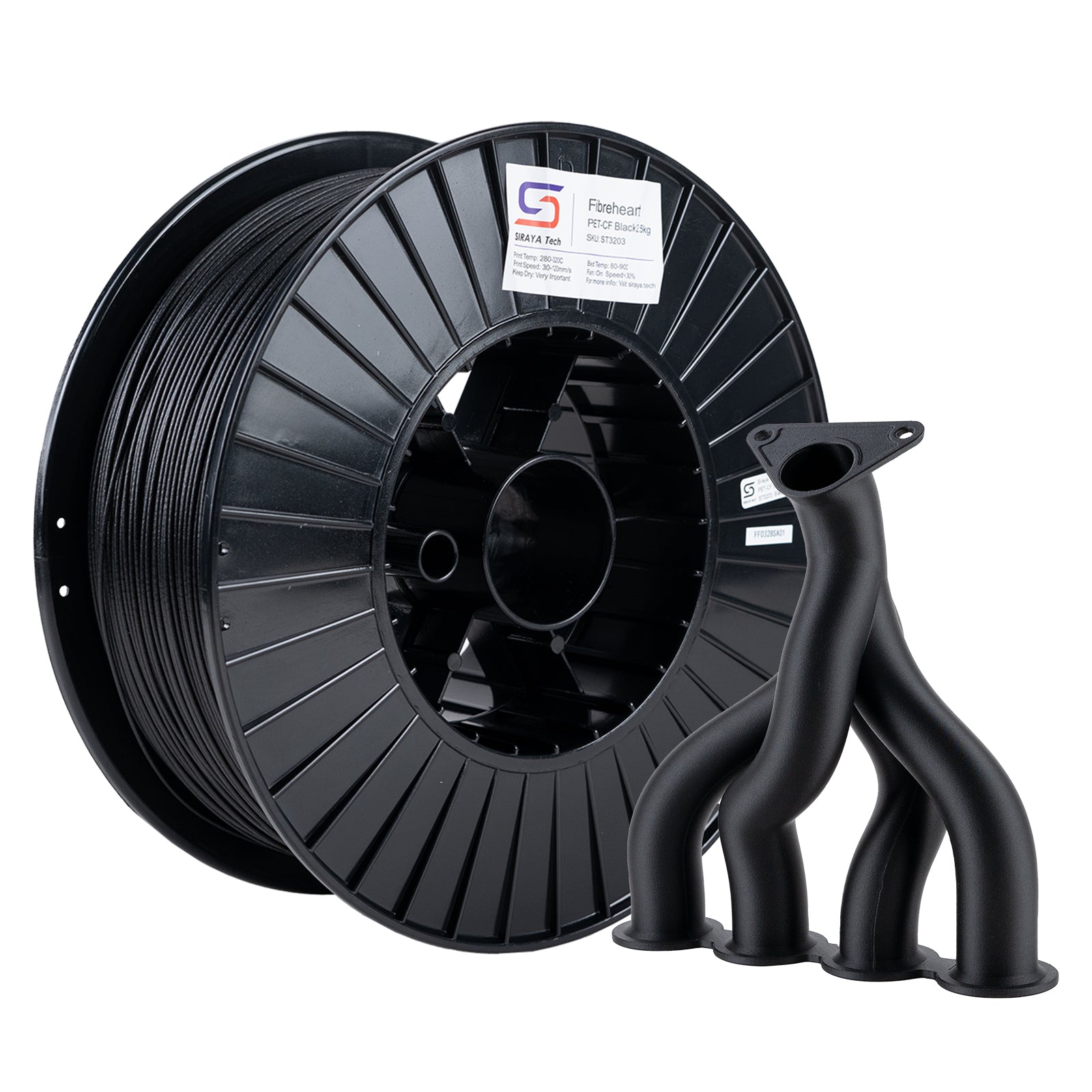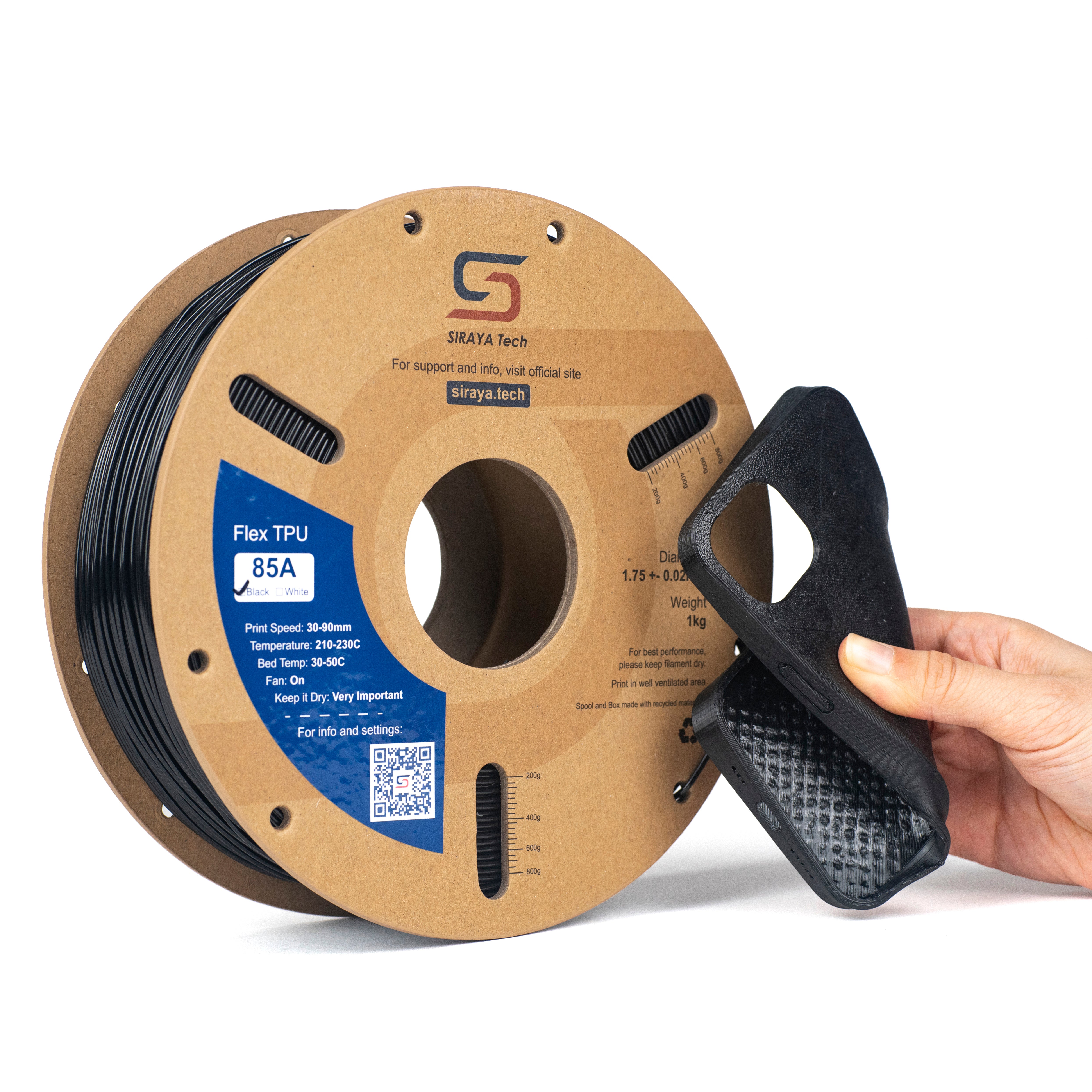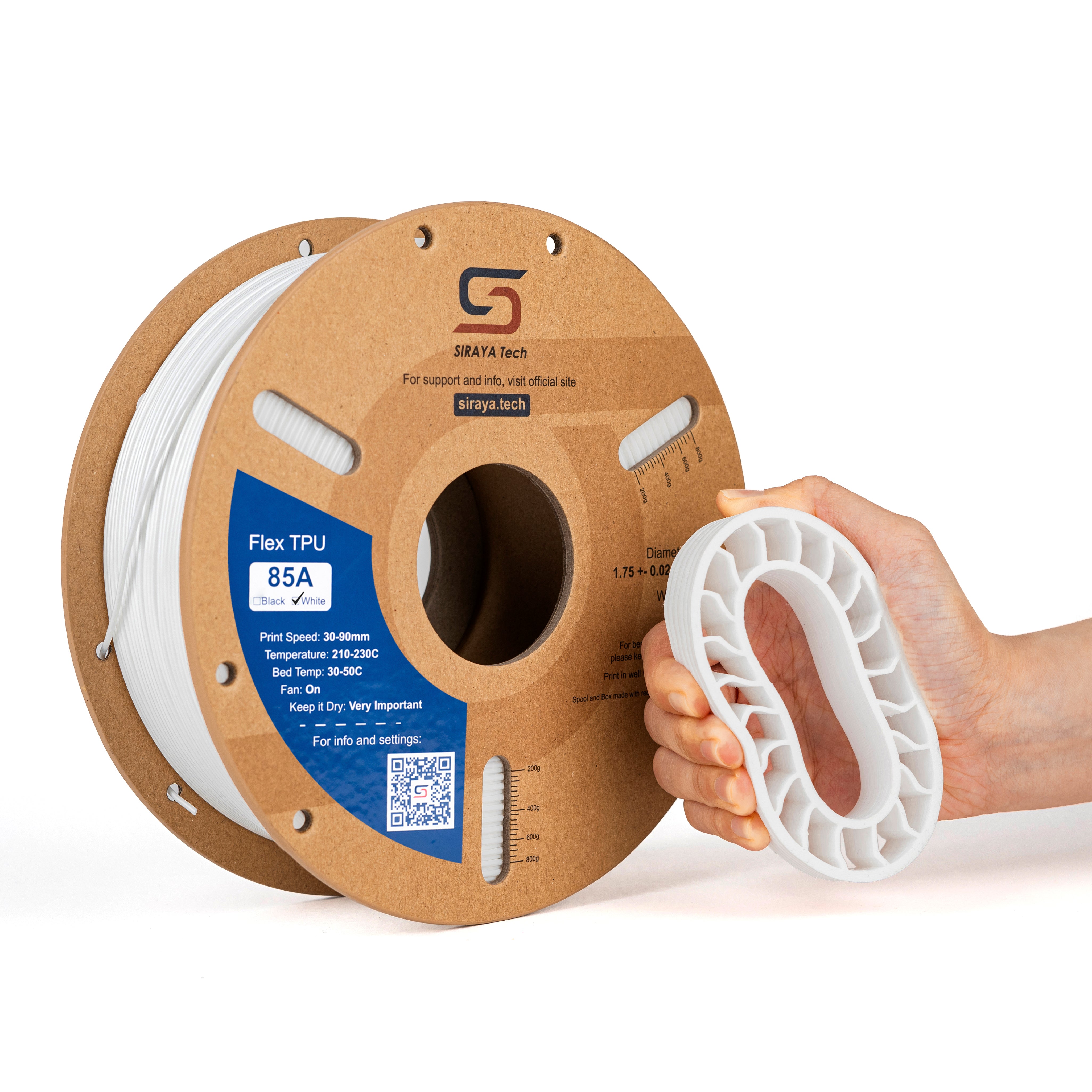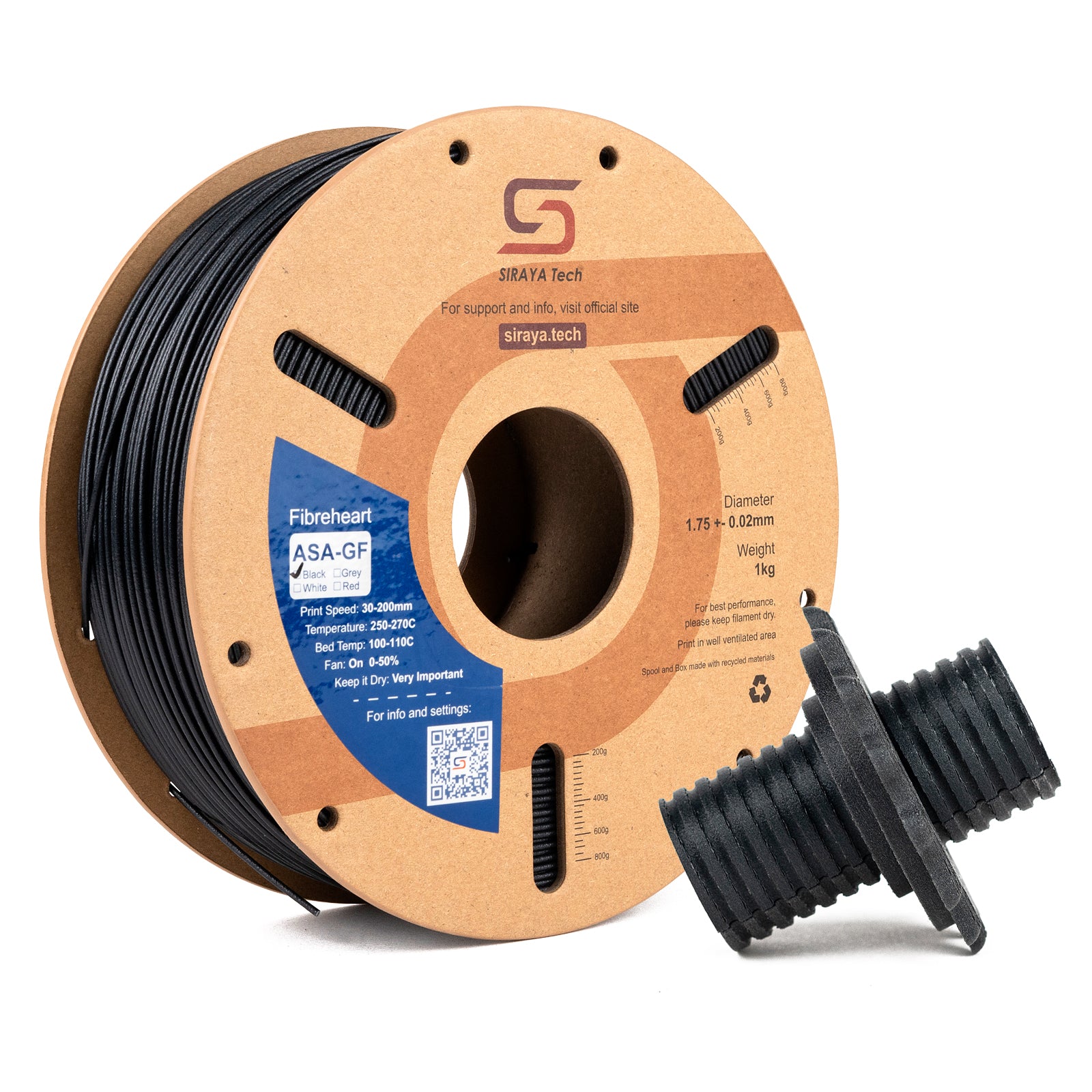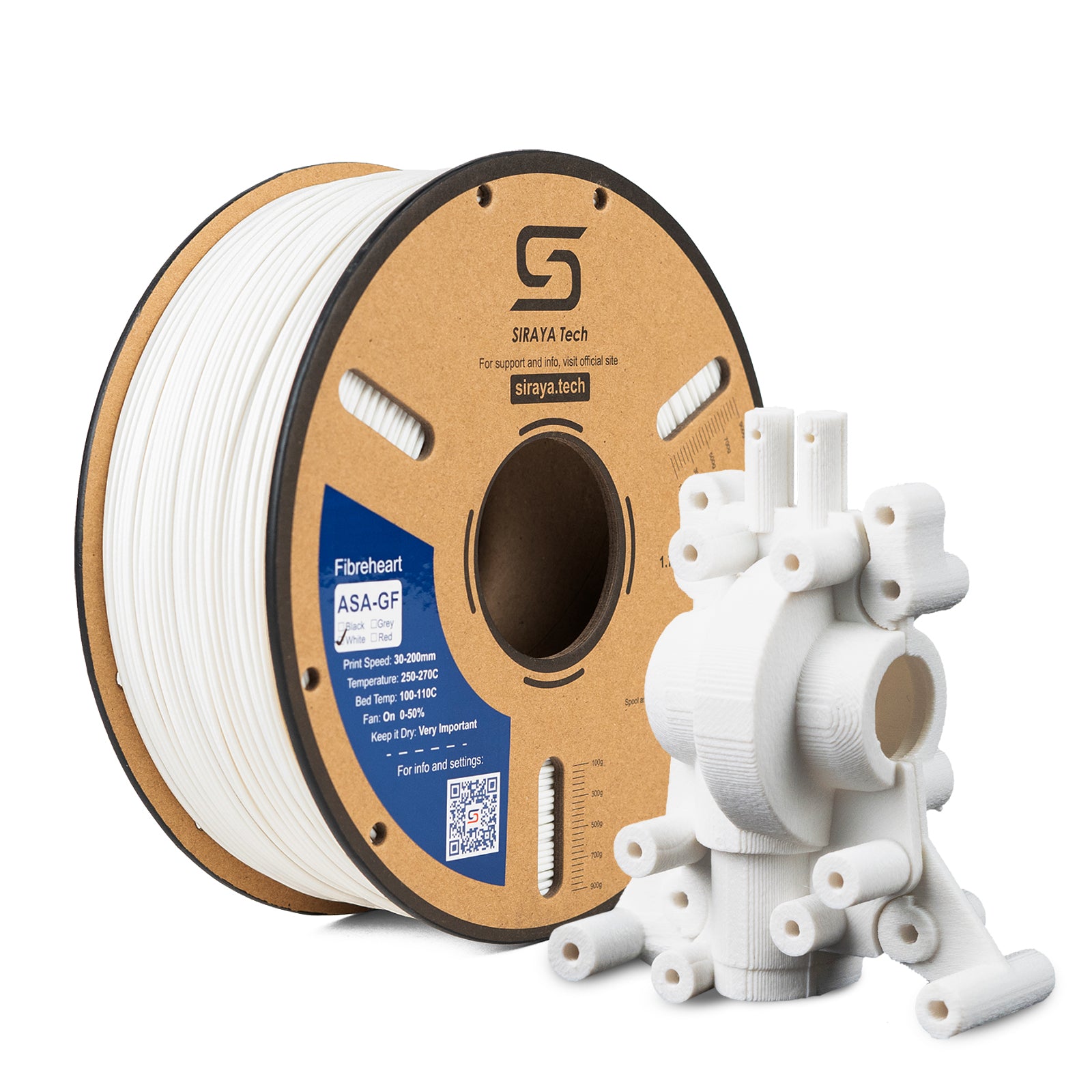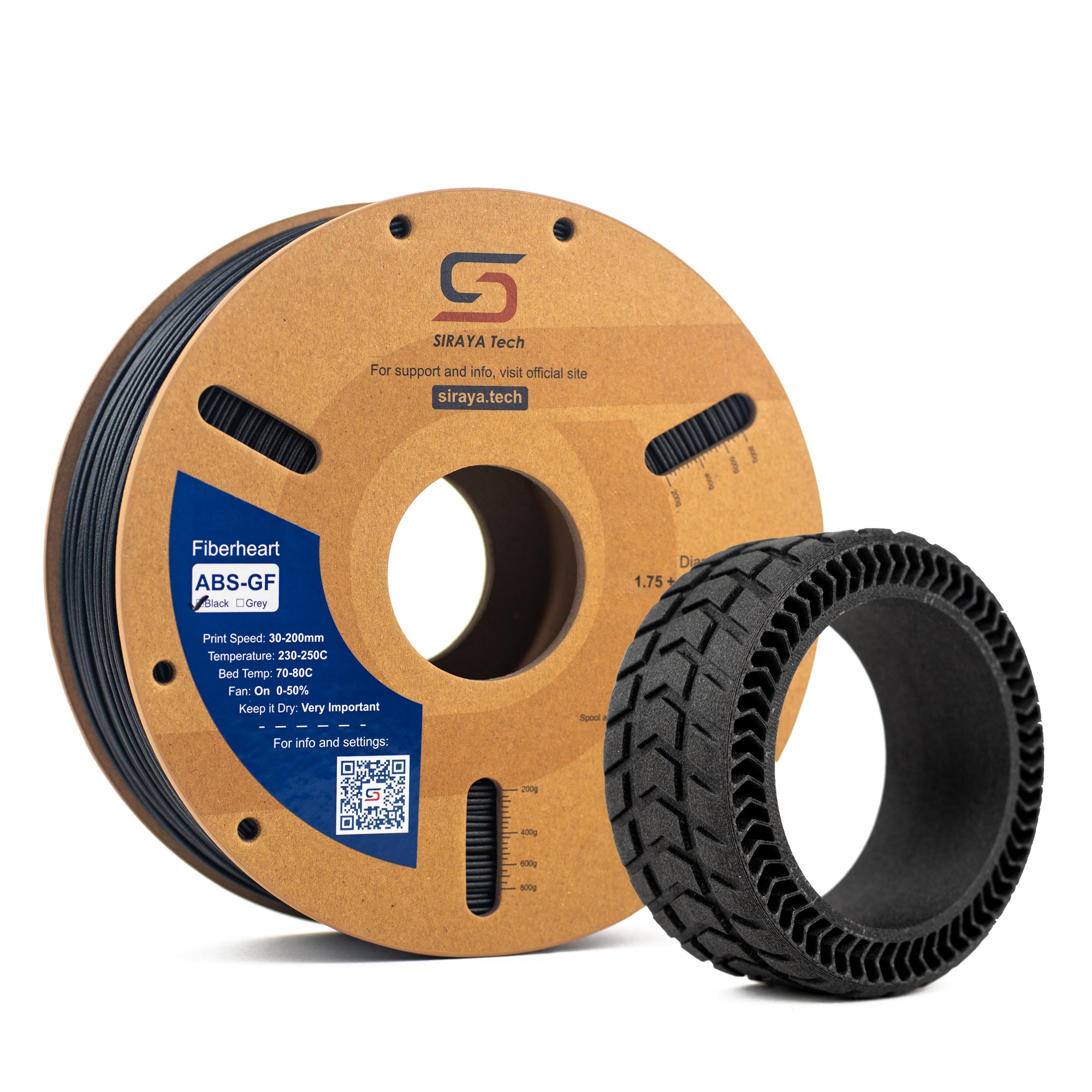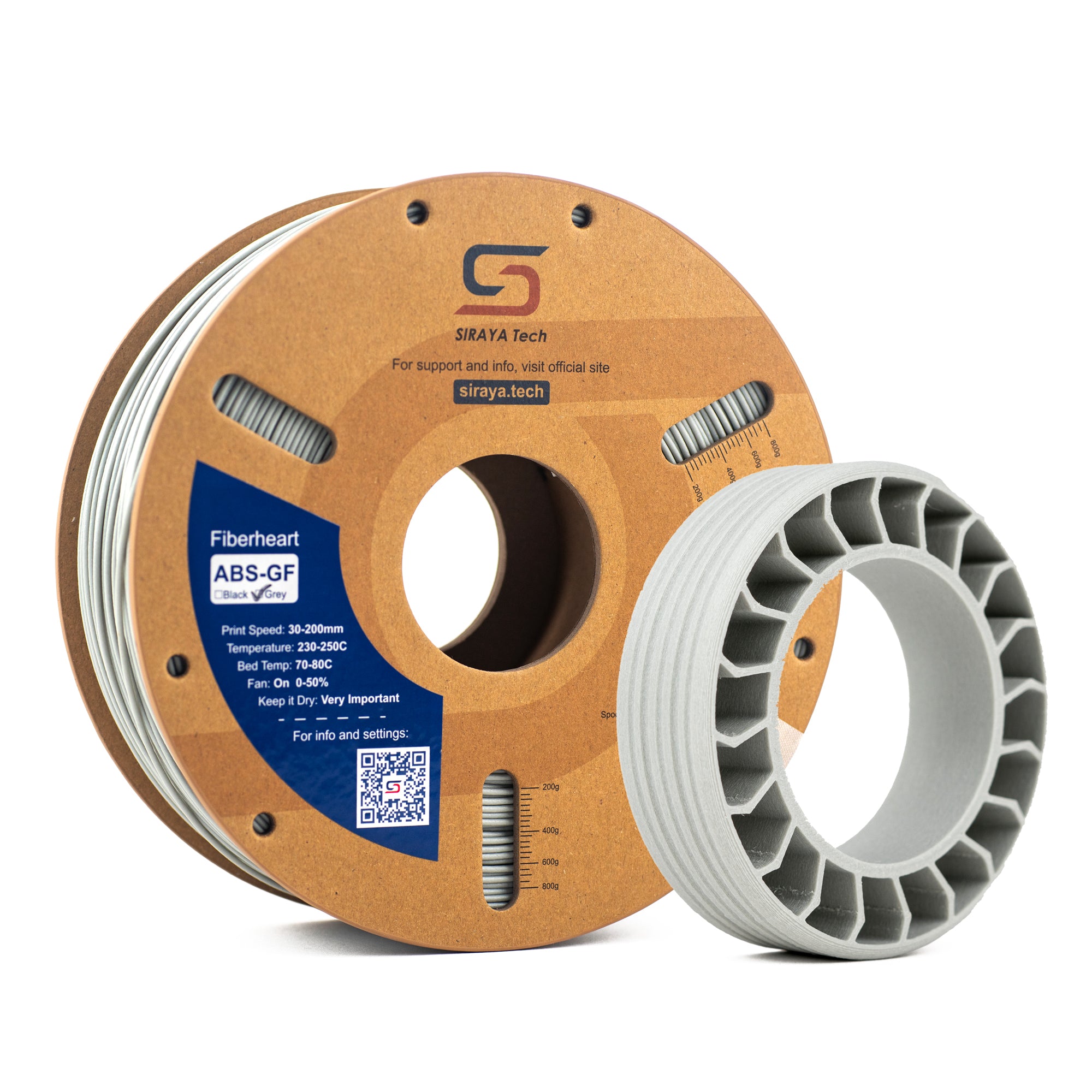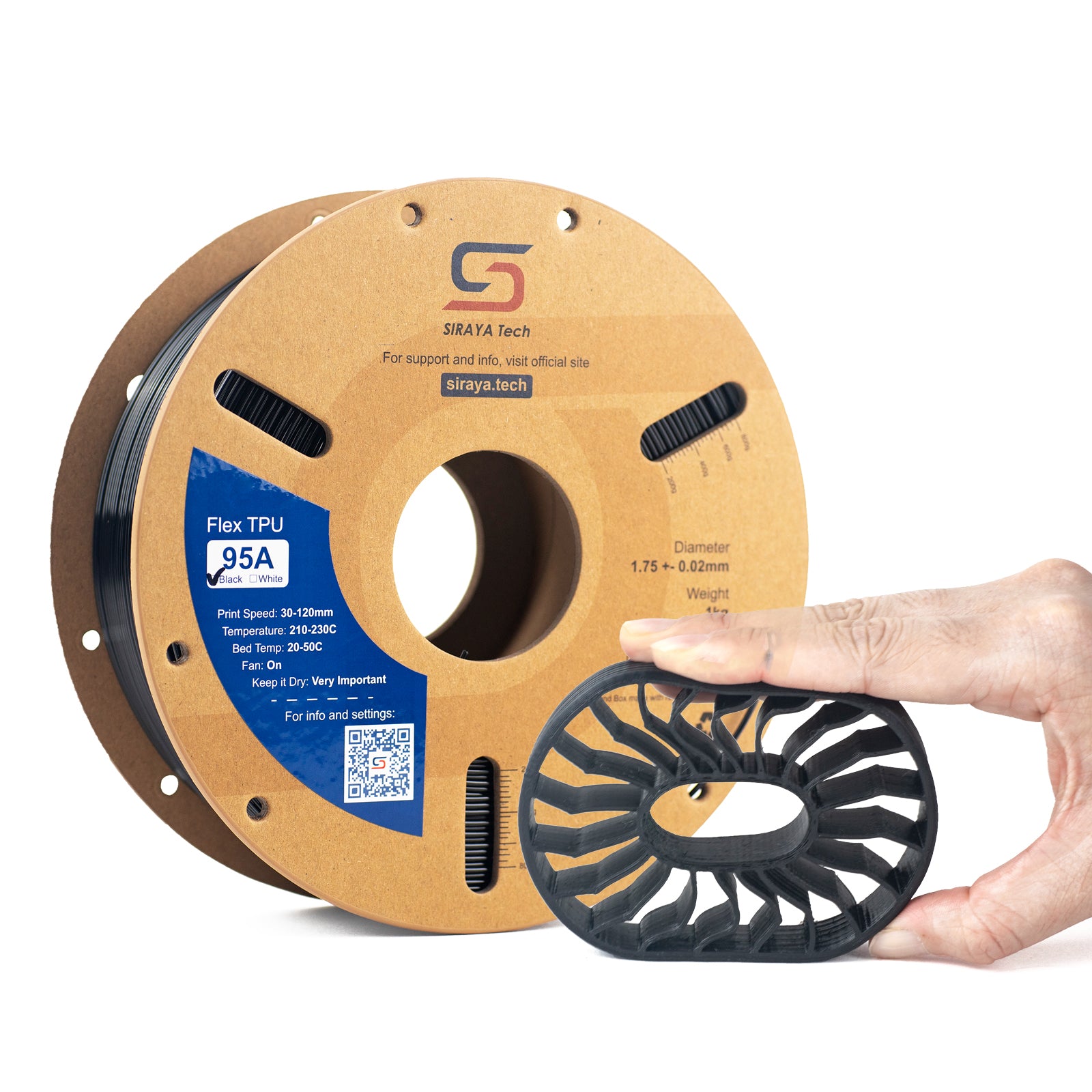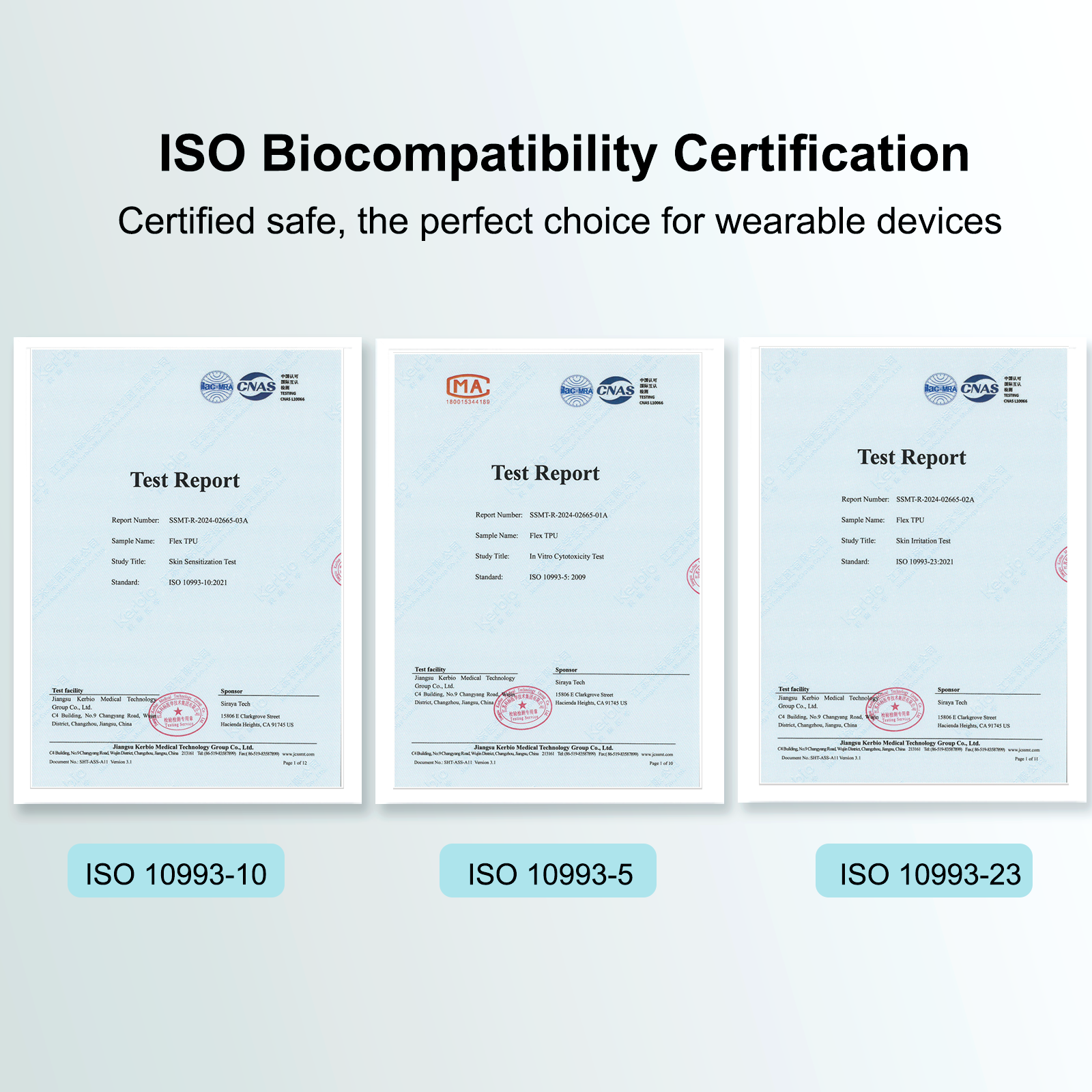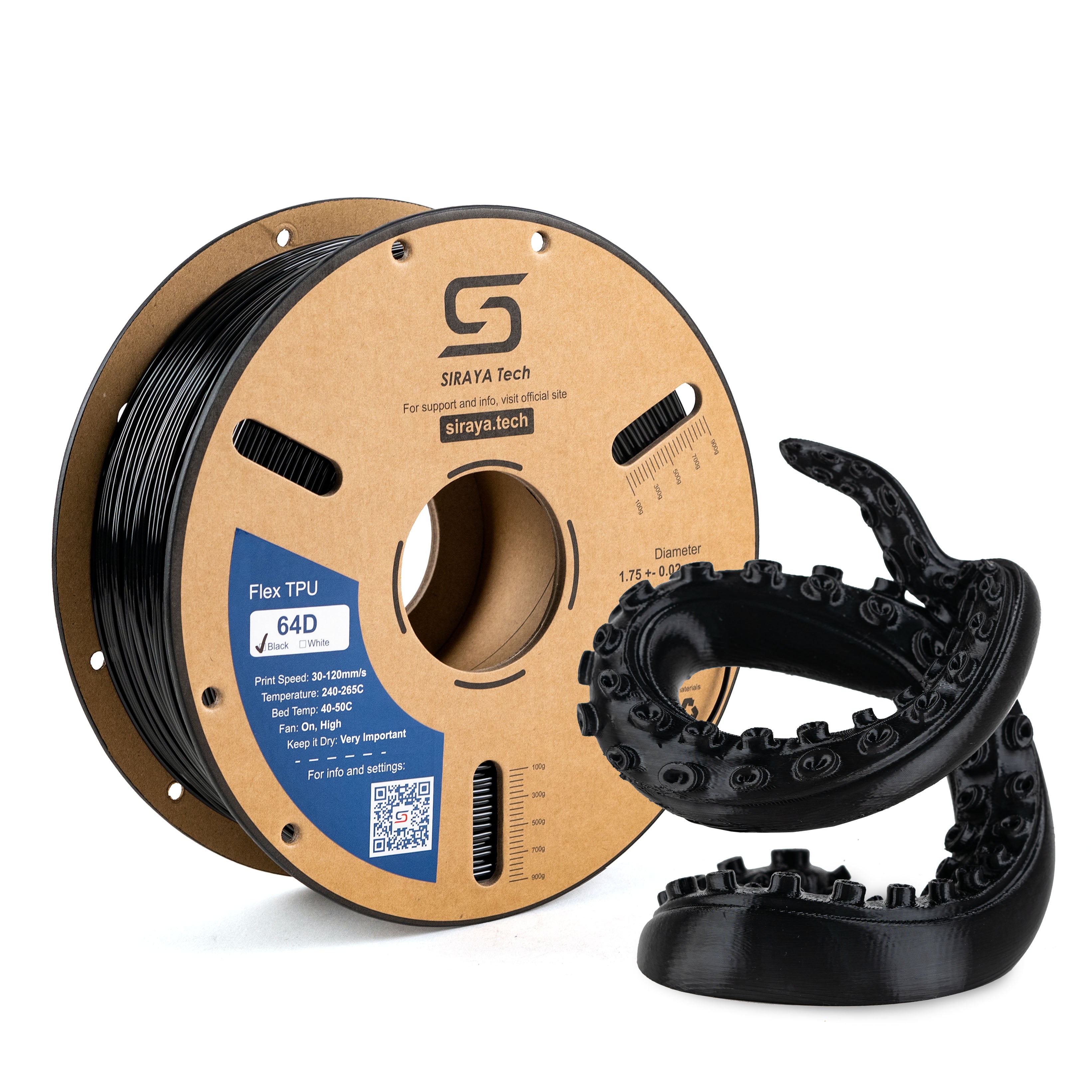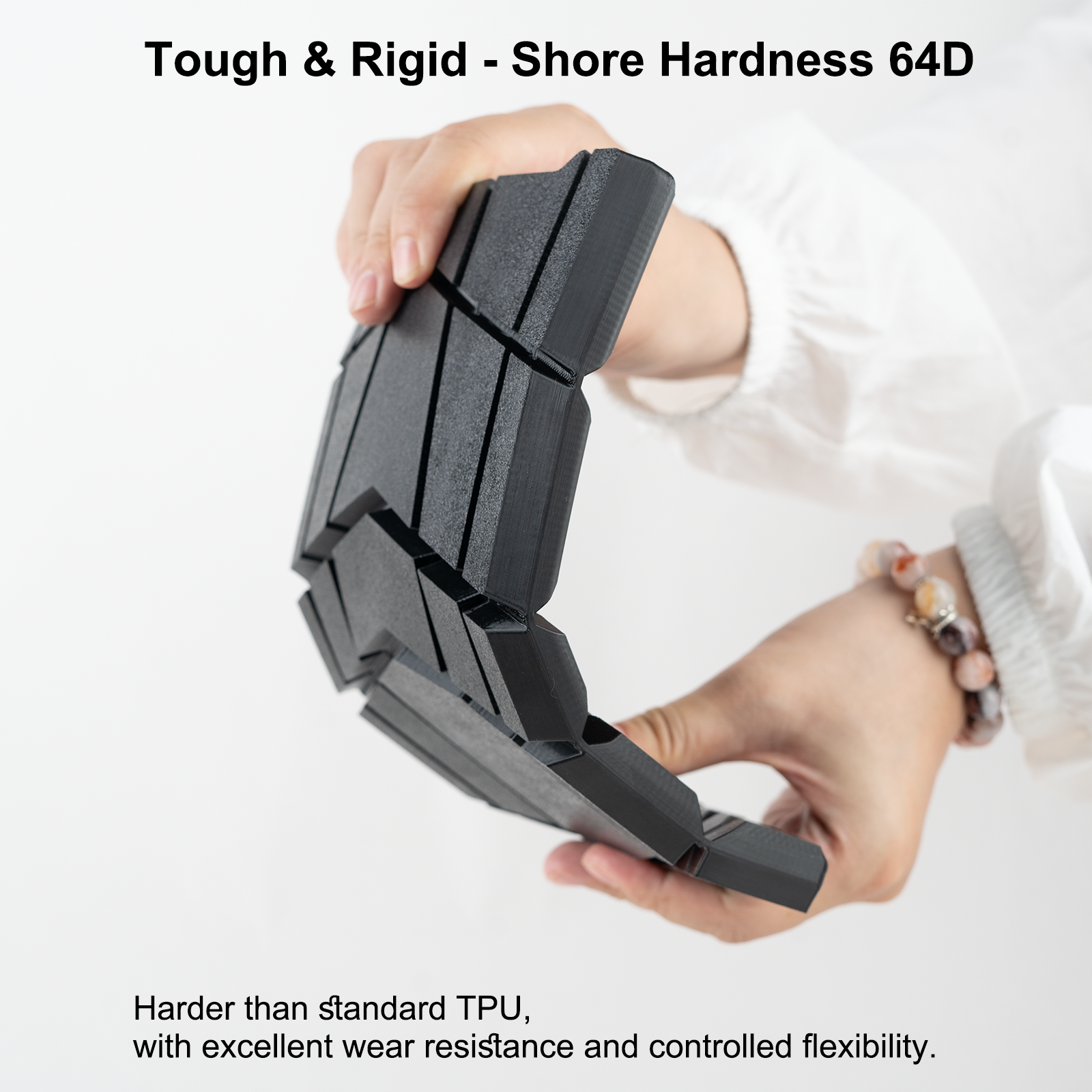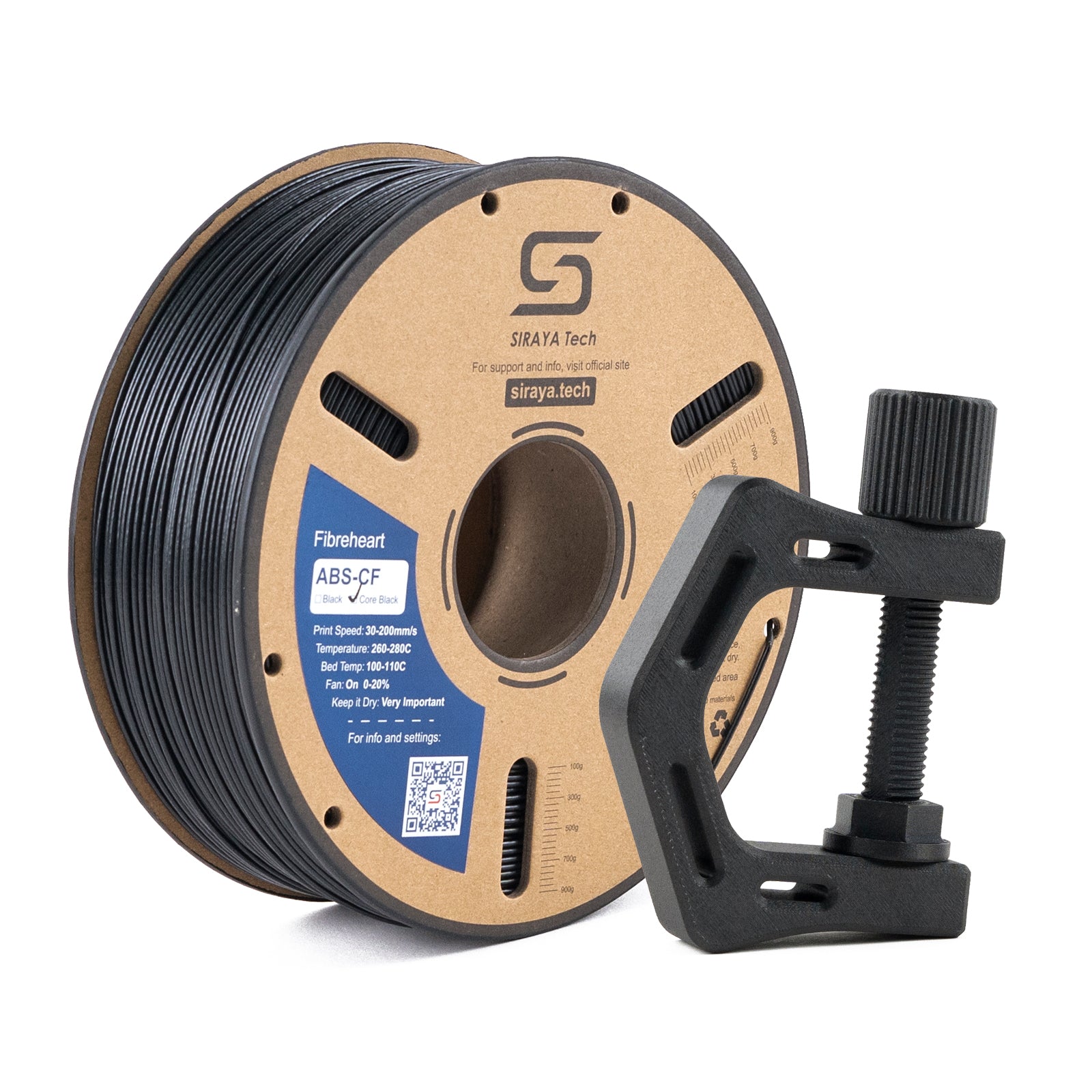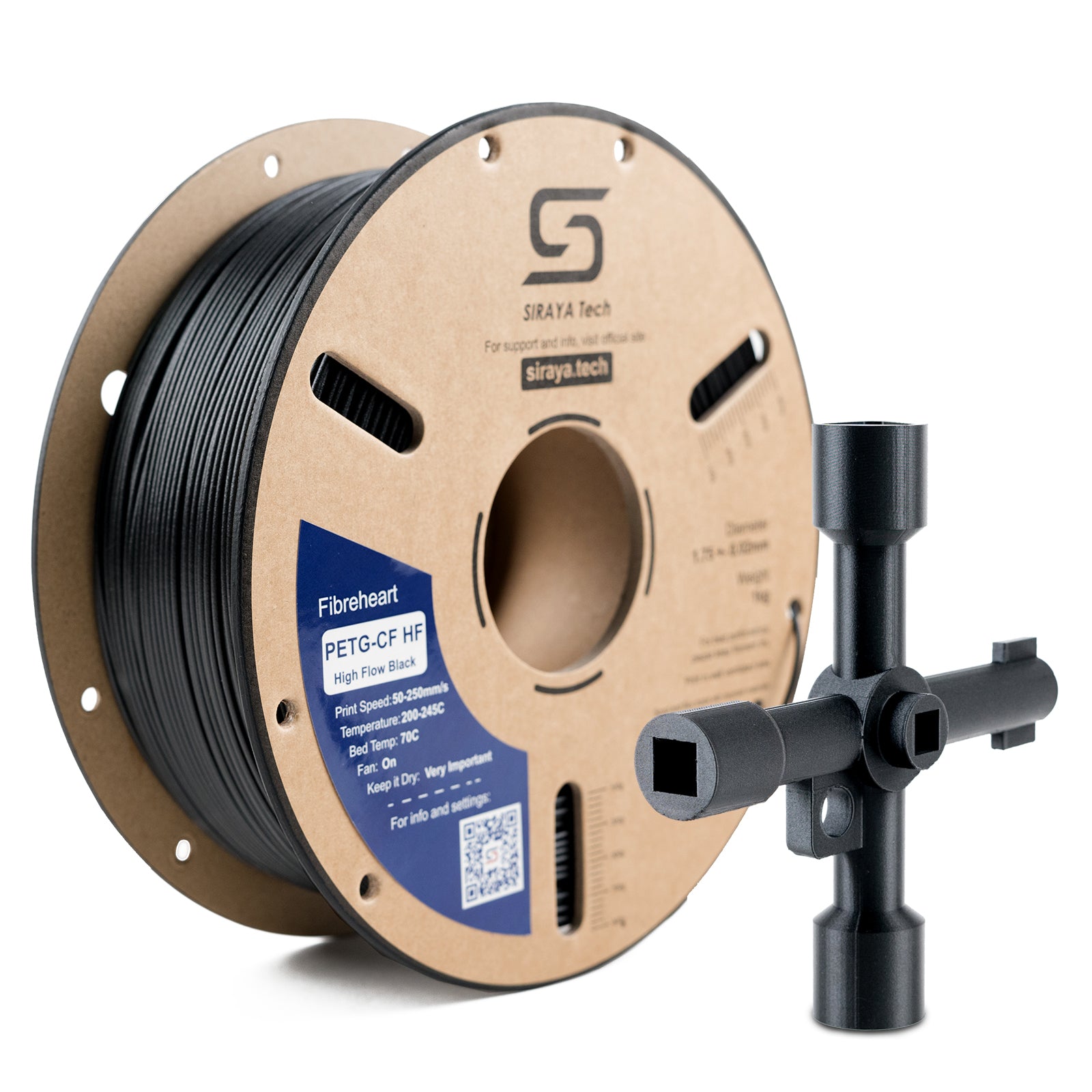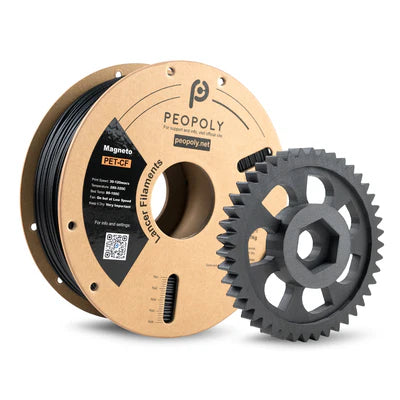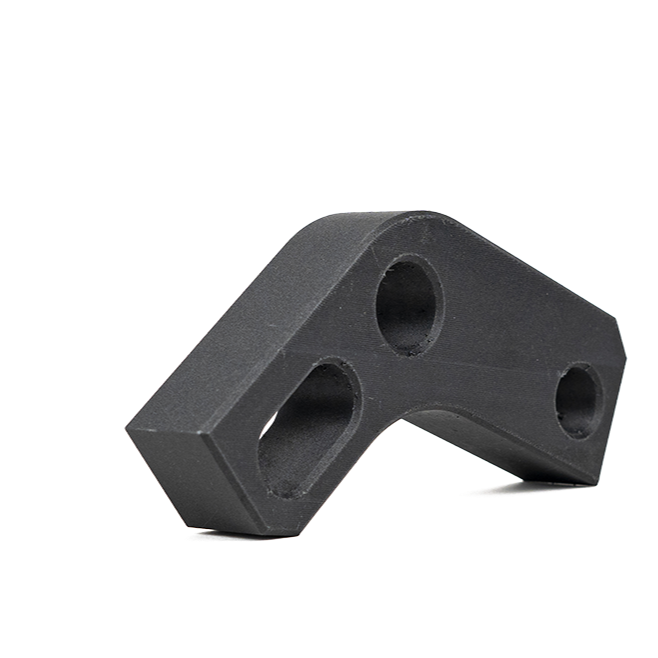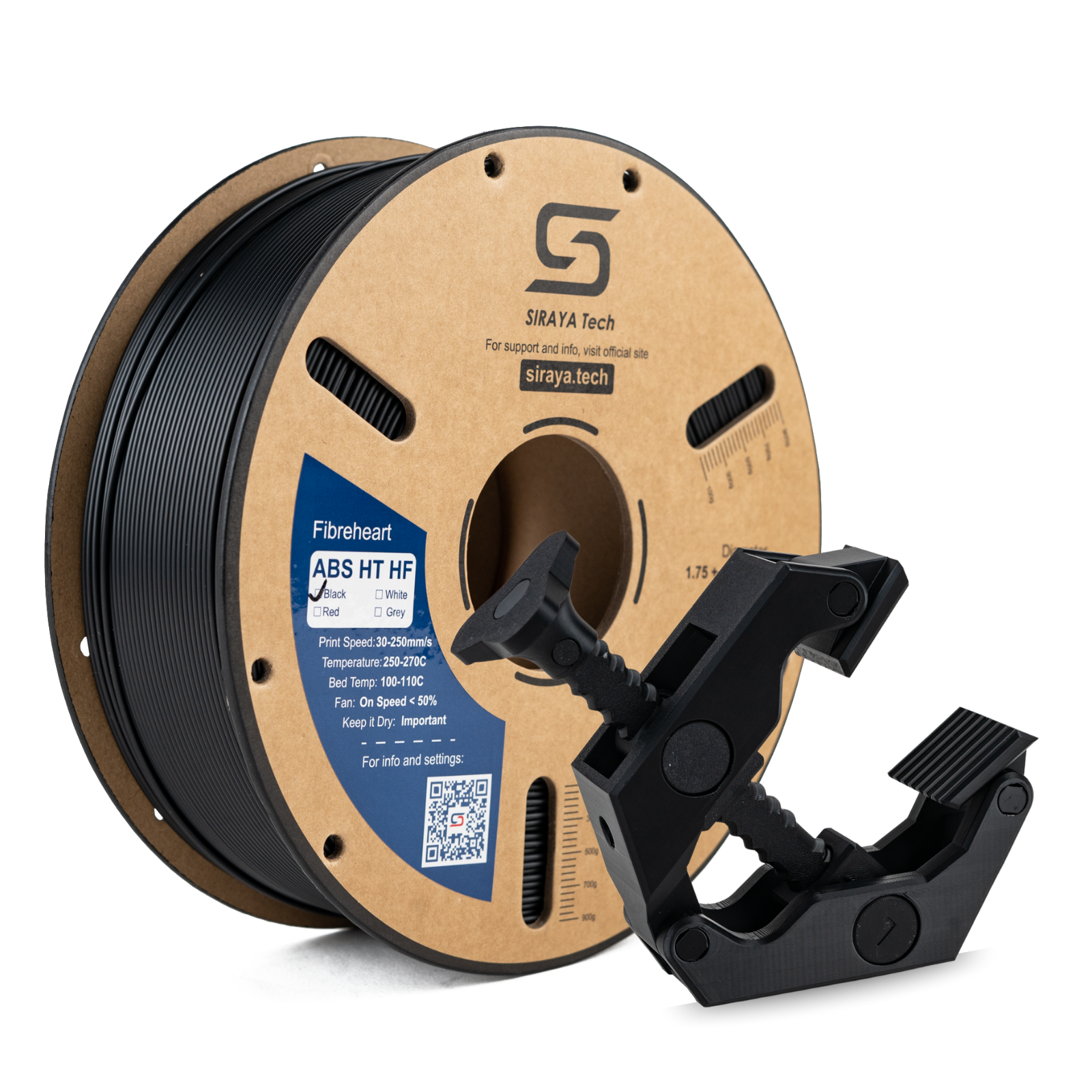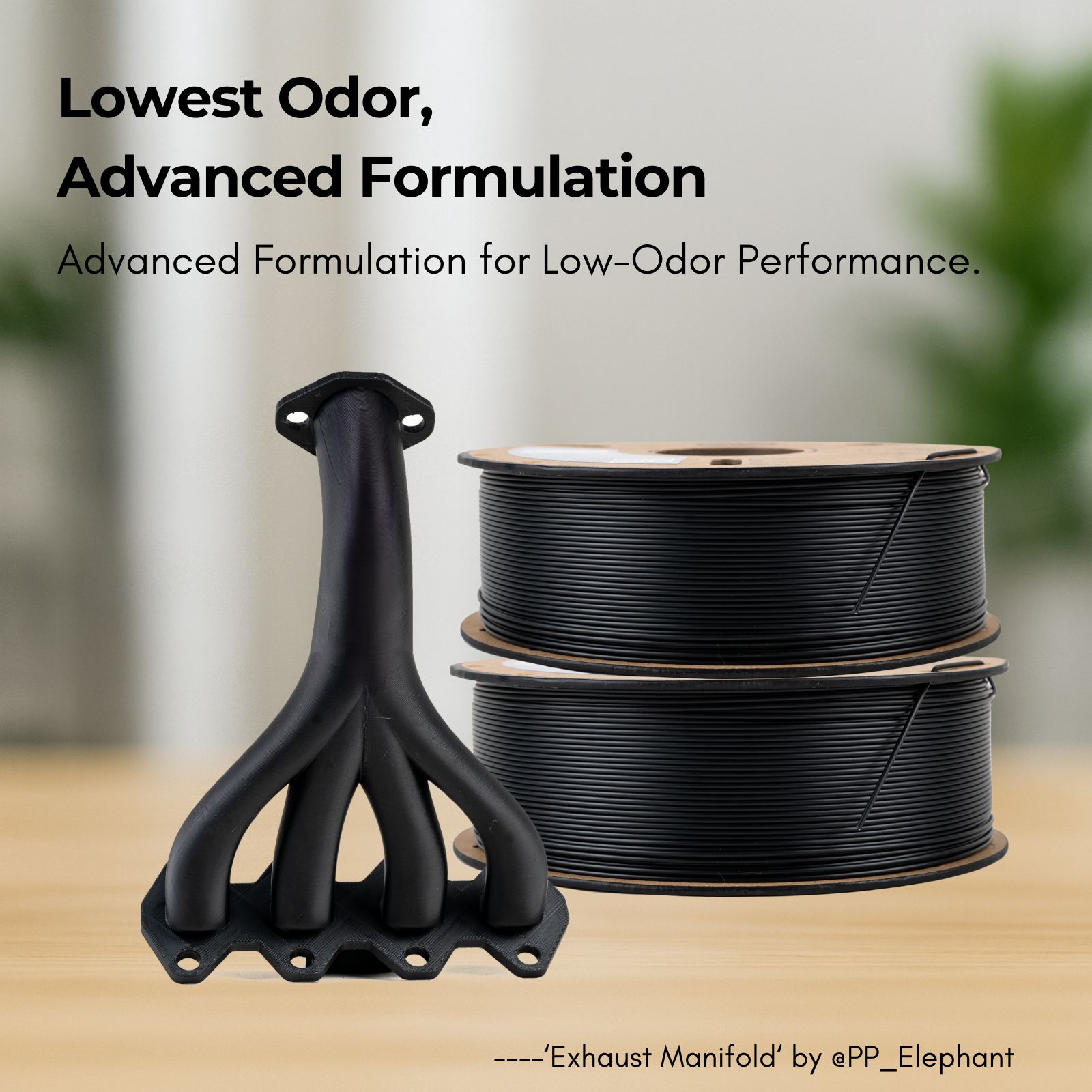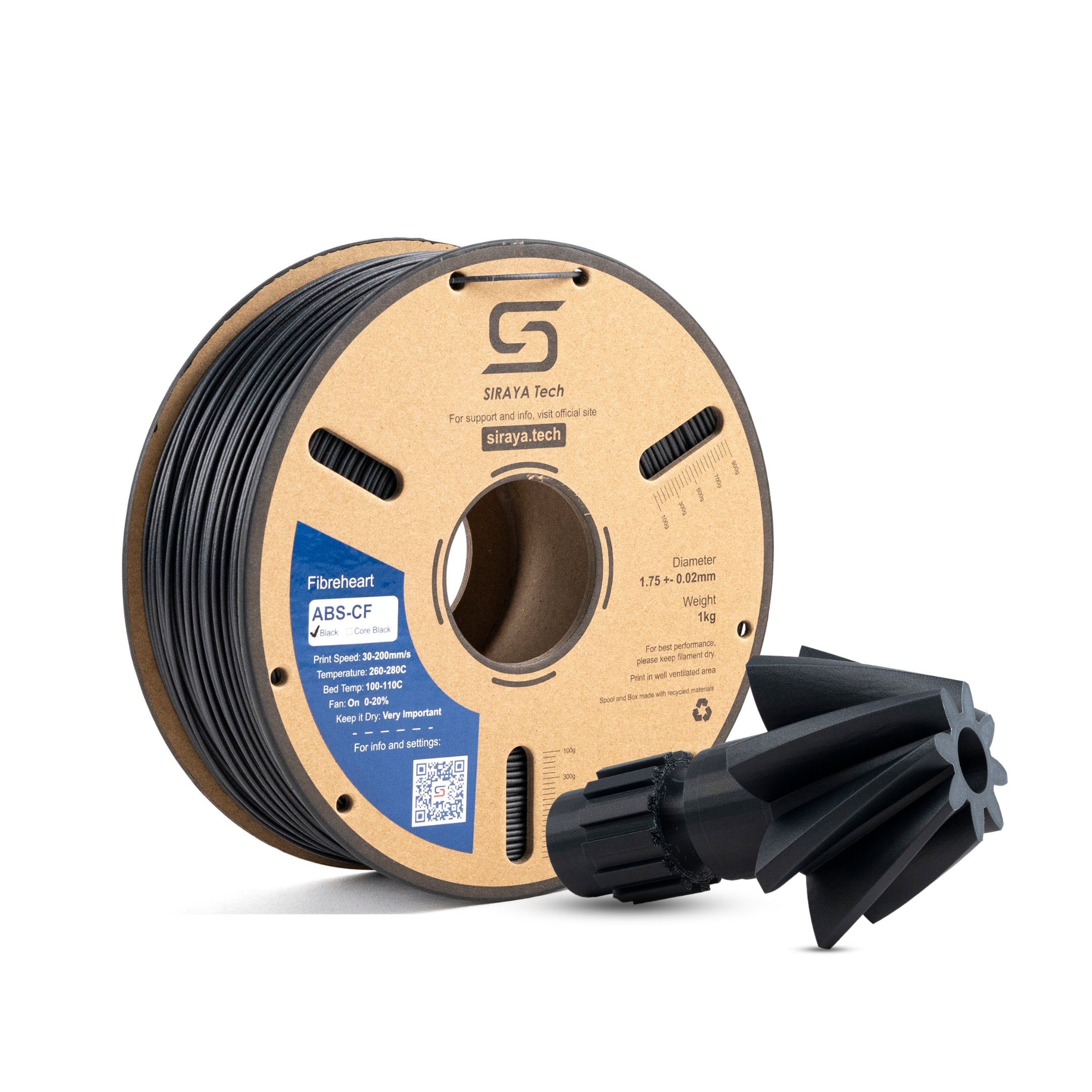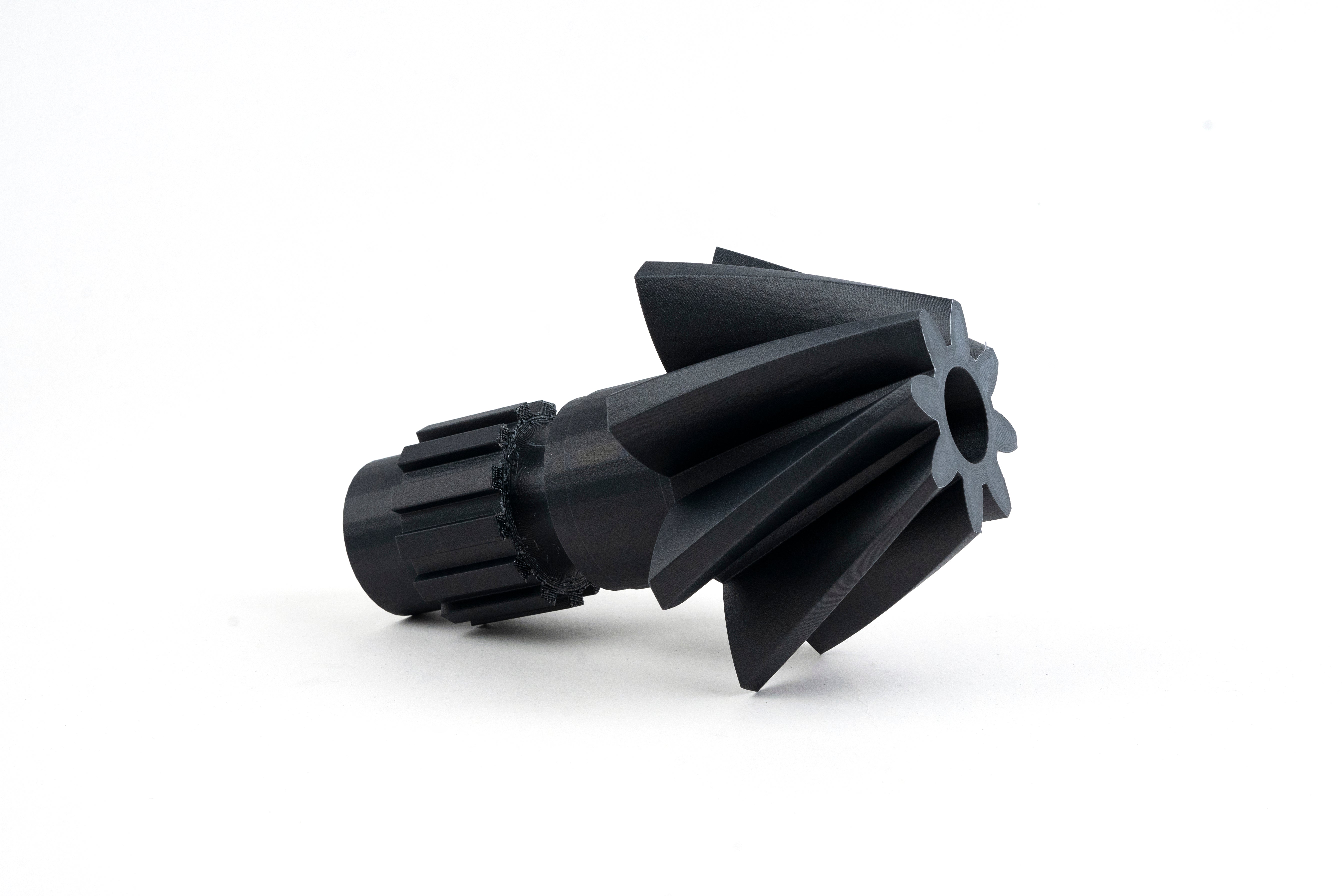Recently viewed
Printing on a Prusa means you expect quality, precision, and performance in every layer. That’s why Siraya Tech filament is designed to match your printer’s accuracy with materials that flow smoothly, hold strong, and look polished.
Whether you’re working on prototypes, functional parts, or creative builds, our collection of filaments delivers the consistency your Prusa deserves.
Print With Filament That Matches Prusa’s Precision
Prusa printers are known for accuracy, and the right filament takes that precision even further. Our Prusa-compatible filaments make every print sharper and more reliable.
Smooth Results Every Time
From the first layer to the last, these filaments ensure your designs stay true to detail. You’ll spend less time fixing errors and more time creating.
- Tight layer adhesion for durable builds
- Minimal warping with correct settings
- Crisp edges and clean finishes
Enjoy Strength That Lasts Longer with Siraya Tech Filament
Filament for Prusa 3D printers at Siraya Tech is engineered for durability without giving up print quality. Strong parts stay tough even under pressure.
Made for real-world use
Whether it’s mechanical parts or high-wear prototypes, our Prusa filaments keep their strength. They resist stress while keeping your prints lightweight.
- High impact resistance for demanding parts
- Maintains structure under daily use
- Balanced strength with easy handling
Get Variety That Suits Every Project
No two projects are the same. With our collection, you’ll find a range of Prusa filaments, from heat-resistant ABS blends to carbon fiber-reinforced options.
Choose the right material
Match your Prusa printer with a filament that suits your needs, whether you’re after glossy finishes, flexibility, or industrial-grade toughness.
- PETG blends for glossy, strong prints
- ABS variations for high-temp stability
- Carbon fiber composites for lightweight strength
Print Easier Without Losing Quality
Prusa filament should work with you, not against you. Our spools are designed to feed reliably, giving both hobbyists and professionals an easy printing experience.
User-friendly Performance
With smooth extrusion and fewer print failures, these filaments keep your focus on design instead of troubleshooting.
- Reliable flow rates at stable temps
- Excellent bed adhesion for consistent starts
- Simple setup across Prusa models
More Collections To Explore
- Flex TPU Filament – Soft, flexible, and durable for parts that bend and move.
- PETG Filament – Strong and glossy with great resistance to heat and impact.
- 3D Printer Filament – A wide range of filaments for every kind of project and printer setup.
FAQs About Filaments for Prusa 3D Printer
Do Prusa printers need special filament settings?
Prusa printers do not require special filament, but each material prints best with its own temperatures and speeds. Use the built-in PrusaSlicer profiles for PLA, PETG, ASA/ABS, TPU, and more, then fine-tune nozzle temp, bed temp, cooling, and retraction. Run a first-layer (Live Z) calibration and, if needed, a temp tower to dial in quality. For abrasive filaments like carbon-fiber blends, use a hardened nozzle to prevent wear.
What filament is best for Prusa printers?
Prusa printers work great with PLA, PETG, ASA or ABS, and TPU. PLA is easiest and good for models. PETG is strong and less brittle for everyday parts. ASA or ABS handle heat better, and TPU is best for flexible parts.
Can Prusa printers handle carbon fiber filament?
Yes, many Prusa models can print carbon-fiber-filled PLA, PETG, or nylon. Use a hardened steel or ruby nozzle because carbon fiber is abrasive and wears brass fast. Keep speeds moderate and temperatures within the filament’s guide. An enclosure helps reduce warp.
Is PETG suitable for Prusa printers?
Absolutely. PETG sticks well to Prusa build sheets and gives strong parts with good layer bonding. It is tougher than PLA and more heat and chemical-resistant. Dry the filament and use low or no cooling to reduce stringing.
What temperature is best for printing ABS on Prusa?
ABS usually prints around 230–250 °C at the nozzle and about 100–110 °C on the bed. Use little to no part cooling and keep drafts away. An enclosure helps prevent warping and layer cracks. If fumes are a concern, consider ASA, which prints similarly and handles UV better.

